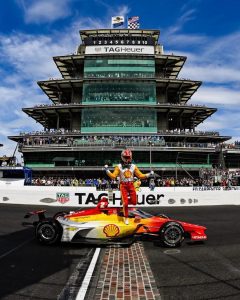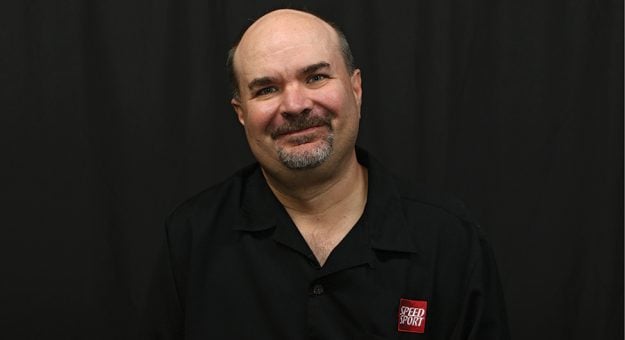MOORESVILLE, N.C. — It’s no secret that this writer’s passion for motorsports grew from a foundation formed by annual family trips to the Indianapolis 500.
Our love for the 500 has never waned, and late last month we sat on the edge of our seat throughout (even during the unbelievable number of commercial breaks) what turned out to be one of the most memorable editions of The Greatest Spectacle in Racing.
The 107th running of the 500-Mile Race – as it was called in its early days – had a little bit of everything, and even after three unprecedented late-race red flags were called in an attempt to produce a green-flag finish, I wanted more.
The red flags, including the final one that led to a one-lap shootout for the Borg-Warner Trophy, were frequently debated among drivers, teams, fans and the media in the days following the 500, and opinions varied. For me, these decisions go hand-in-hand with the estimated crowd of 330,000.

In addition, the race telecast on NBC averaged 4.92 million viewers, up two percent over last year’s Indy telecast.
It was a crowd that rivaled those of my childhood and clearly signaled that there’s plenty of interest in the Indianapolis 500 these days. As a kid, I remember more than one occasion when we were walking to the car before the checkered flag because the race was ending under the yellow flag. It was not a great feeling.
Therefore, the attempts to end the race at full speed were appreciated by this race fan. I understand the concern expressed by some of the drivers, but where else do they perform in front of that many people?
Then, there was the purse paid to these 33 speed demons and their teams.
The payout for this year’s race was a record $17,021,500, an increase of more than $1 million from the previous year. The average payout per starter was $500,600.
When one is racing for that kind of money, checking a few extra boxes along the way (such as restarts to ensure a green-flag finish) doesn’t seem like too much to ask.
Josef Newgarden, who had a truly amazing 500-mile drive, got the best of defending race winner Marcus Ericsson during the final 2.5-mile shootout and won the Indianapolis 500 for the first time in his 12th attempt.
It was the 19th Indy 500 triumph for team owner Roger Penske. Newgarden and Team Penske were paid $3.666 million for their winning efforts.
Meanwhile, Ericsson, who said the final red flag and ensuing restart were not “fair,” finished second and banked $1.043 million for Chip Ganassi Racing, which is likely about 10 times what Swedish driver earned for winning the season-opening St. Petersburg Grand Prix.
Ericsson won the 500 in only his fourth start the previous year and would have become the first driver to win Indy in back-to-back seasons since Helio Castroneves in 2001 and ’02.
But in a race that featured a whopping 52 lead changes among 14 drivers, there were several other storylines that played out in what was truly a dramatic day at The Brickyard.
■ Santino Ferrucci thrilled the enthusiastic crowd by putting A.J. Foyt’s famed No. 14 car back at the front of the Indy 500 field. Ferrucci led several times before ending up third in what was the first top-10 Indy 500 finish for A.J. Foyt Racing since Eliseo Salazar earned the show money in 2000.
It was great to see the 88-year-old team owner and four-time Indy winner have another day in the sun at the track he loves so much.
■ McLaren Racing had three of the fastest cars in the 500, and had a best finish of fifth with Alexander Rossi. Felix Rosenqvist and Pato O’Ward challenged for the lead throughout the day, but both were victims of late-race accidents.
■ It was quite the two weeks for Graham Rahal, who handled it all with class and dignity. First, Rahal missed the field in his Rahal Letterman Lanigan entry, then he was named to replace injured driver Stefan Wilson.
Lining up 33rd on the grid, Rahal’s No. 24 car had a dead battery and the Dreyer & Reinbold with Cusack Motorsports team had to replace it before the green flag. Rahal started the race two laps down.
He’d made his way into the top 20 when he was involved in a late-race accident and finished 22nd.
■ R.C. Enerson didn’t contend to win the Indianapolis 500, but his Abel Motorsports team put together a last-ditch effort as the 34th entry and solidly qualified for the field before winding up 32nd due to a parts failure.
■ Conor Daly (eighth) finished among the top 10 for the second consecutive Indy 500.
This story appeared in the June 14, 2023 edition of the SPEED SPORT Insider.

